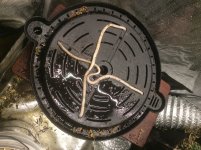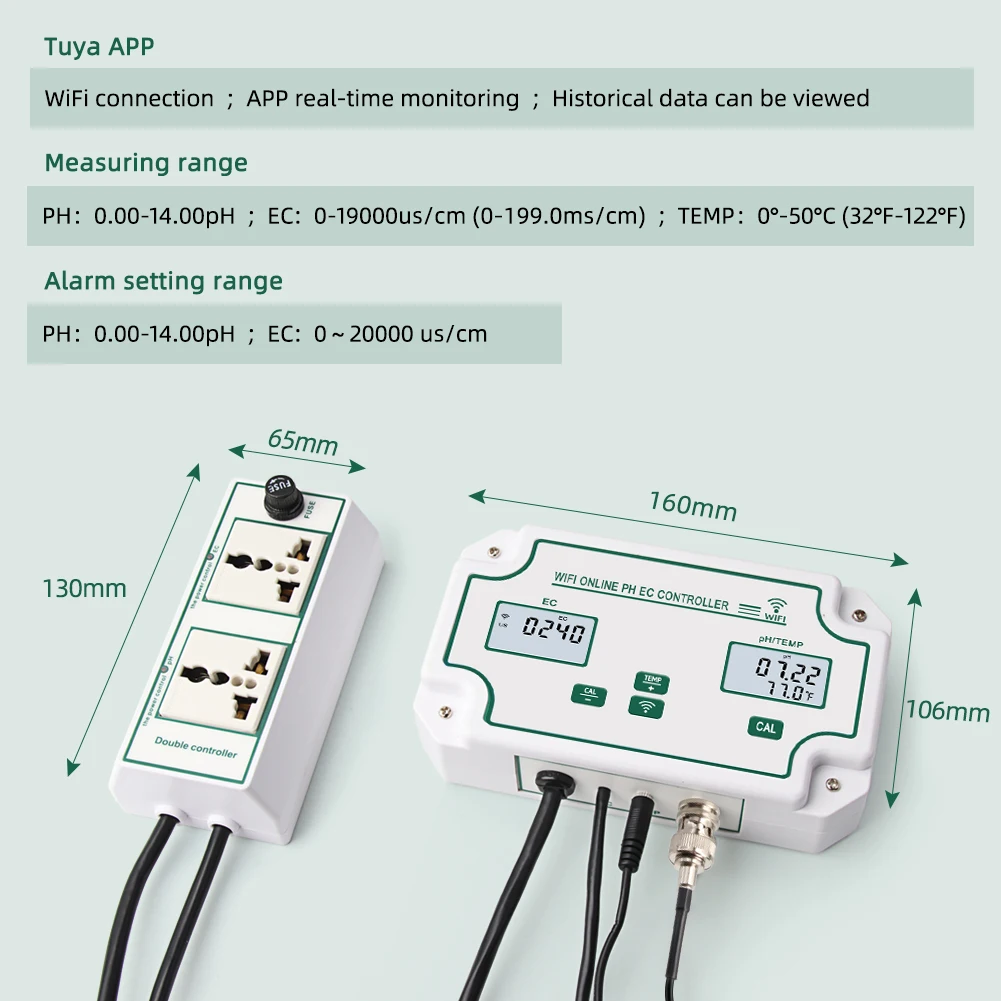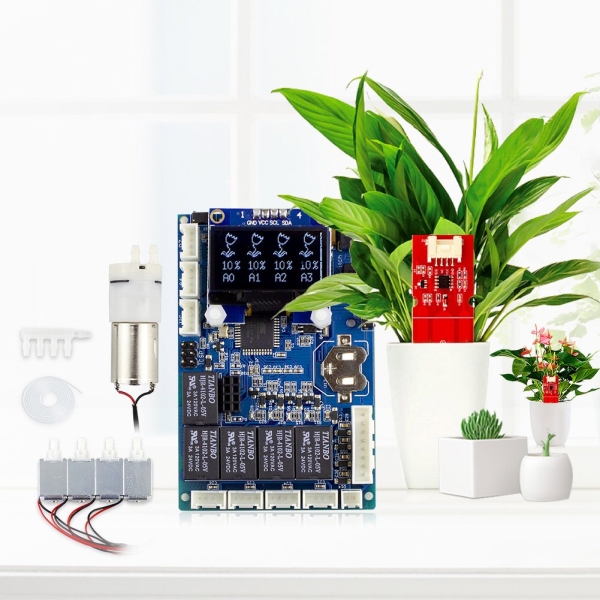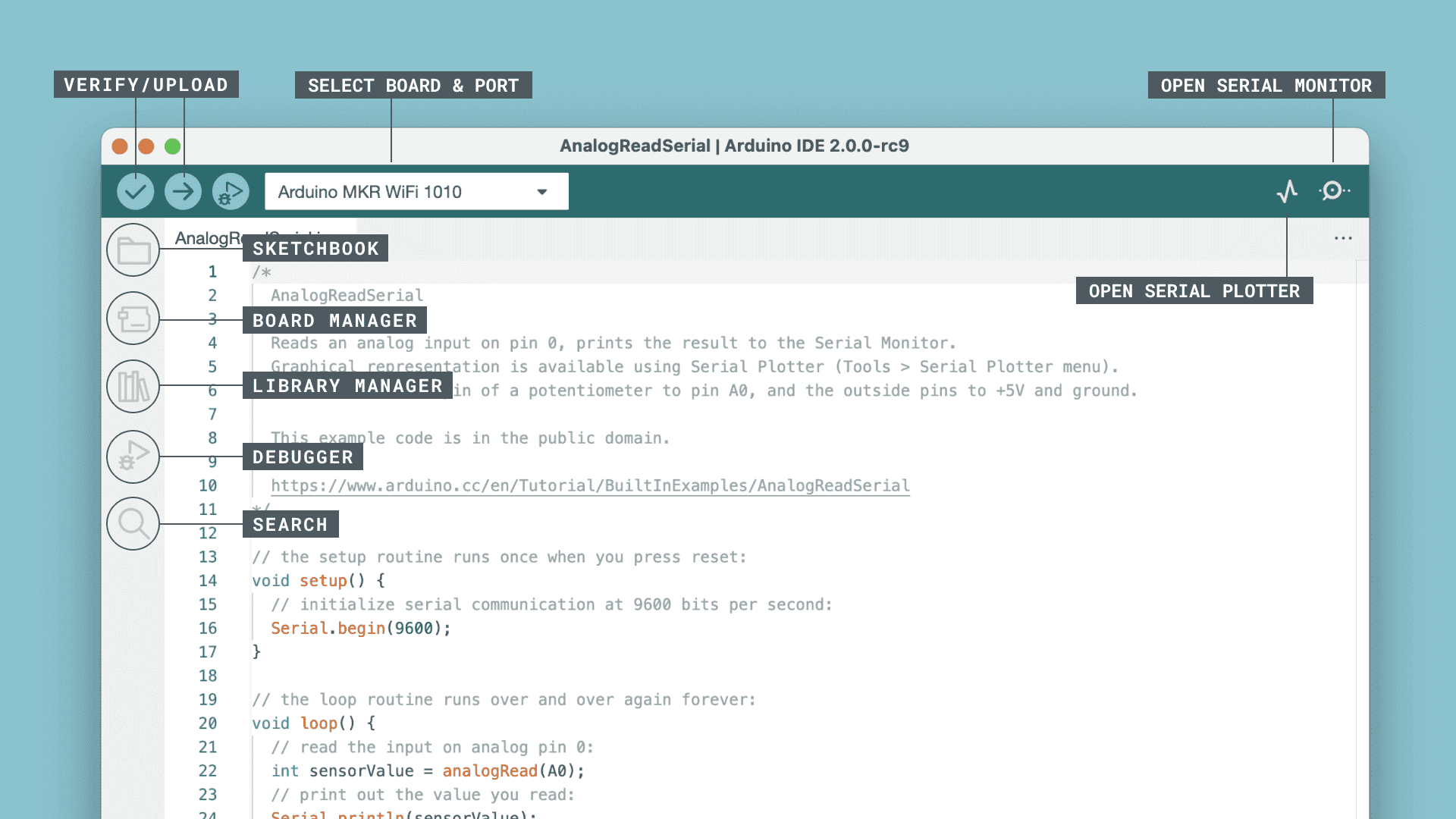Ca++
Well-known member
I run a RTW drip system on timers. It drips, then fills the tank again. Water usage volume is totally dependant on drip pump run time. The tank fills to the exact same level. It's like mixing the same exact thing, every single day. You will use your meters to check the tank, but you knew exactly how much feed and acid was needed, before you checked.Anyone tried automating the mixing of nutrients through perilstatic pumps?
LEDGardener had a good series going on, but he stopped.
Please share any resources
With this in mind, you can run the dosing pumps based on intervals. There is no need to have kit measure then dose, as you know the dose anyway. This means just dosing pumps and timers.
The biggest gain in automation, is fertigating automatically.
The second biggest gain, is having the tank fill with water again, automatically.
Chucking the food in yourself, allows for reactive adjustments. However, if you won't be there sometimes, then dosing pumps on timers can be an easy fix. This isn't easily compatible with fertigate on demand systems, though fill and dose at a fixed low level is workable. If your plants can randomly loose their watering system for an hour, while it replenishes itself.
You can use stepper motors for dosing, giving great accuracy. It seems a good idea for concentrates like the acid. However, it's much easier to buy the same size pump for everything. A feed pump will be too big for your acid, but water your acid down, an it's not. Do a little math, and see how big a tank your 5L of feed make. Then put the amount of acid needed, into another 5L container. Hey Presto, you need the same pump for each bottle, and could even share a timer, in a perfect world.
Most pumps come with hose that will melt. You need to do compatibility checks. The pipe will fail one day, regardless. So be ready for drips, and have a maintenance program in place. 'pharmed' tube seems to have the widest range of use, but see what sizes you can actually get, before buying the pumps. There are many more pumps available, than pipes.
One way to get your foot in the door, is a Aspen Standard. It's mains powered, so straight into a seconds timer. It does a nice 100ml a minute, which is just right for many applications. It comes with pharmed tube, as it's for condense removal in fridges, which could really have anything leaking in them. The tube is a phone call away. Installers often sell them for $30 which is an absolute steal. The replacement pipe costs more. It's a tough pipe to, as the unit can pump water up 10 meters of hose. Even the occasional garden pea.
If you use a single part feed, and RO, you might need nothing more.
If you have a specific question, I may have the answer. Though testing the tank, then dosing, is rather messy with cheap kit.







